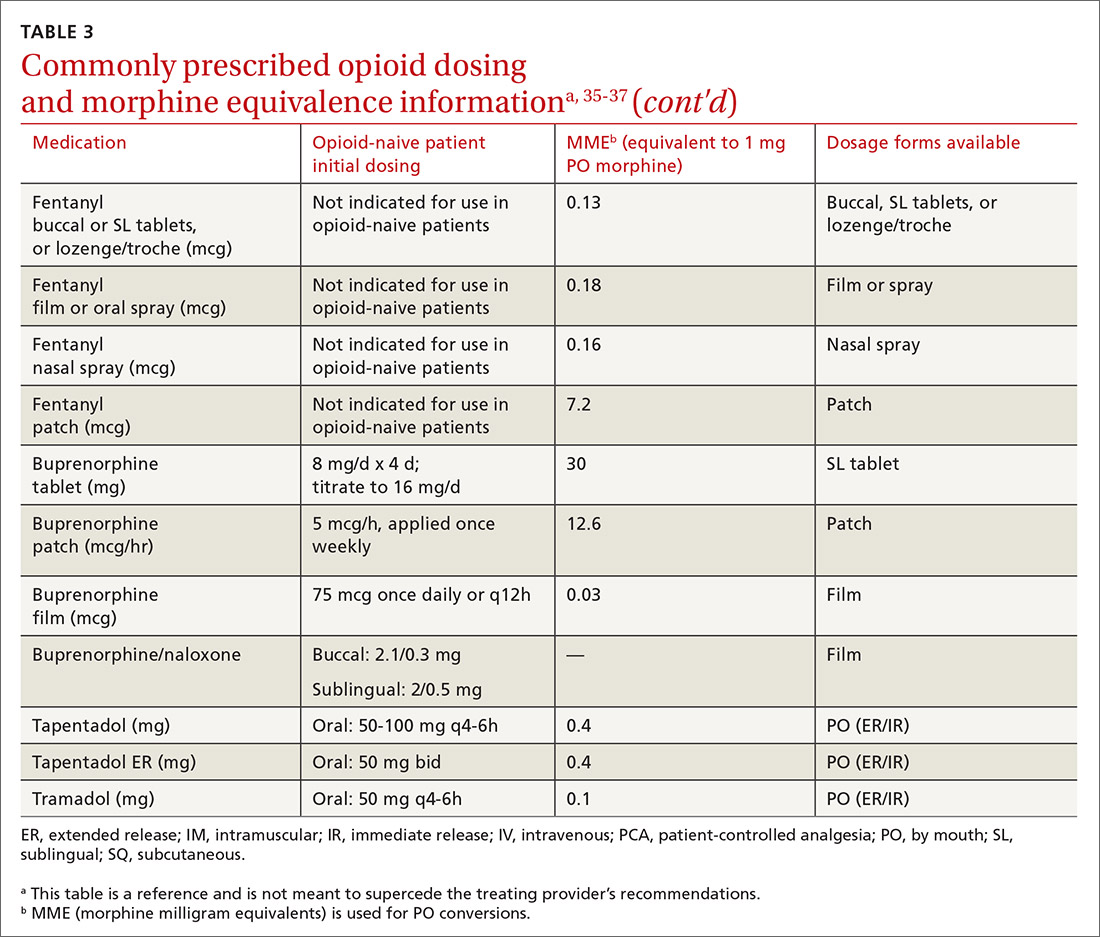[Guide] Understanding Opioid Conversions And MME Calculation For Safe Use
Are you grappling with the complexities of opioid management, striving to understand the nuances of dosage and potential risks? Understanding the Morphine Milligram Equivalent (MME) is crucial in navigating the landscape of opioid therapy, providing a vital tool for assessing patient risk and promoting safer prescribing practices.
The world of pain management is intricate, especially when it comes to opioid medications. These powerful drugs, while effective in alleviating pain, carry significant risks, including the potential for addiction, overdose, and even death. To navigate these risks, healthcare professionals employ various strategies, one of the most important of which is the use of Morphine Milligram Equivalents (MME). MME serves as a common language for comparing the relative potency of different opioid medications, allowing clinicians to estimate a patient's total opioid exposure over a 24-hour period.
This system allows healthcare providers to convert various opioid doses to an equivalent dose of morphine, making it easier to compare the overall opioid burden on a patient. In this framework, morphine serves as the base opioid, and the dosage of every other opioid is translated to its morphine equivalent. This method is not just a theoretical exercise; it's a practical tool used in clinical settings to make informed decisions about patient care, including the prescription and monitoring of opioid medications. Furthermore, it gives us an important insight to calculate the total daily dose of opioids that patient is taking, and also helps to know the risk of overdose, and mortality rate.
- Aaliyahs Inspiring Story Never Give Up Down Syndrome
- Leaked Camilla Araujos Onlyfans Sex Tapes Watch Now
Here's a table that provides an overview of the critical aspects of opioid management and the importance of MME:
| Aspect | Description |
| Morphine Milligram Equivalent (MME) | A measure used to standardize opioid dosages, expressing the potency of different opioids relative to morphine. |
| Purpose of MME | To compare the total opioid exposure of a patient, aiding in risk assessment and the prevention of overdose. |
| Calculation of MME | (Dose x Frequency) x Conversion Factor. |
| Conversion Factors | Vary depending on the opioid; are available in conversion tables, and may need to be reviewed for accuracy. |
| Role of MME in Clinical Practice | Used to assess patient risk, guide prescribing decisions, and monitor opioid therapy to reduce the risk of adverse events. |
| Limitations | MME is a tool, not a perfect measure. Other factors, such as individual patient characteristics and the specific opioid, can influence the risk of overdose. |
| Example - Fentanyl Patches | For a 25 mcg/hr fentanyl patch, the dose is multiplied by a factor of 3 (since the patch remains for 3 days). |
| Important note | The conversion factor increases at higher doses, and you should know that the calculated dose in MMEs should not be used to determine doses when converting from one opioid to another. |
| Example - Buprenorphine Patches | For a 5 mcg/hr buprenorphine patch, the dose is multiplied by a factor of 7 (as the patch remains in place for 7 days). |



Detail Author:
- Name : Rubie Erdman Sr.
- Username : homenick.kenyatta
- Email : antwan.johnston@kovacek.com
- Birthdate : 1990-11-26
- Address : 8570 Kaylin Lights North Jolieberg, NM 27548-4075
- Phone : (240) 341-7461
- Company : Jenkins LLC
- Job : Private Detective and Investigator
- Bio : Saepe in sed exercitationem qui repudiandae sunt facere. Nisi quis atque non dolores tempore. Optio ipsum odit nihil qui quae deserunt.
Socials
facebook:
- url : https://facebook.com/donnell.harris
- username : donnell.harris
- bio : Odit sit incidunt veritatis magnam eligendi.
- followers : 3518
- following : 1107
twitter:
- url : https://twitter.com/donnellharris
- username : donnellharris
- bio : Soluta ut in illum. Eius totam est blanditiis. Et eos qui voluptatem consequatur.
- followers : 1129
- following : 595